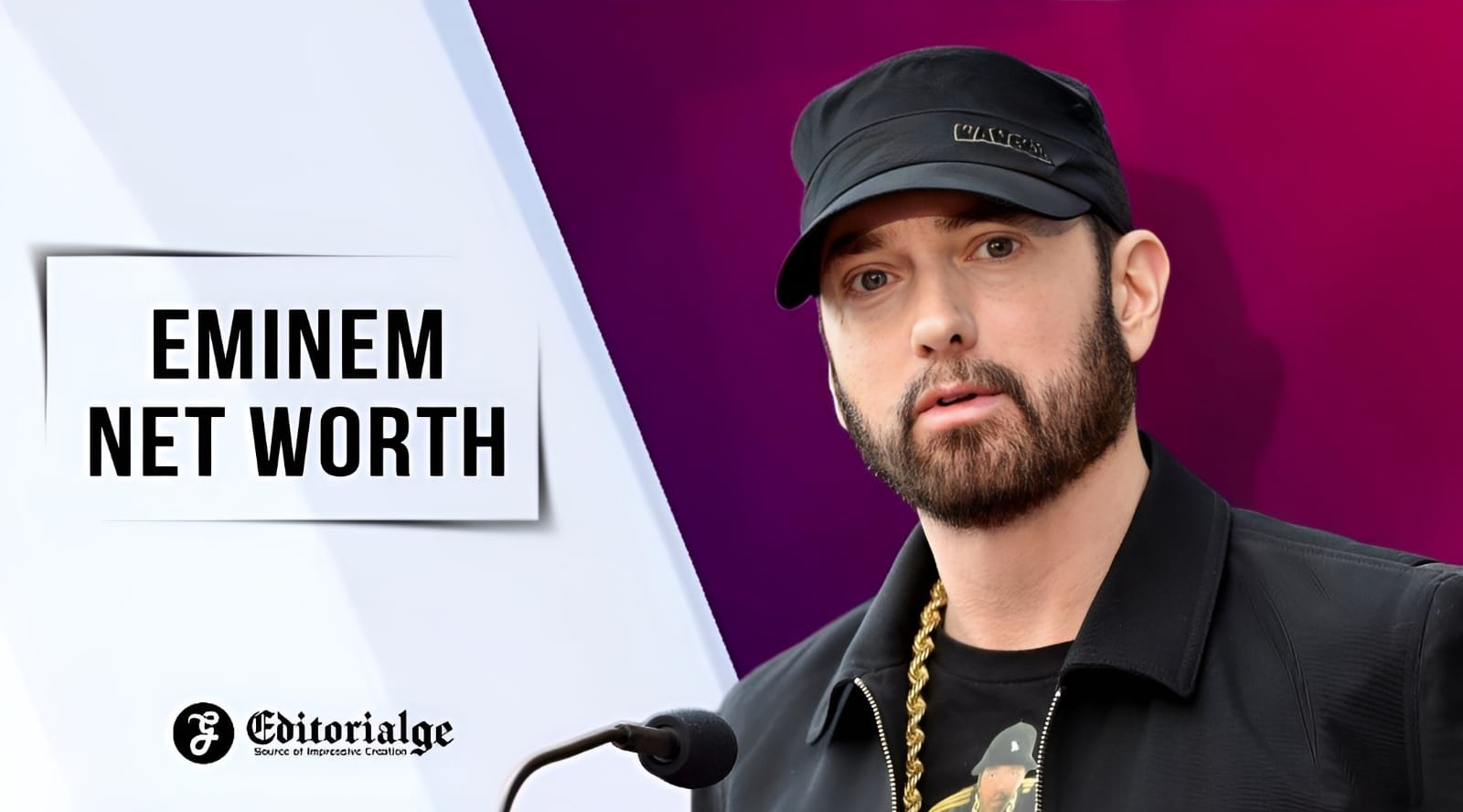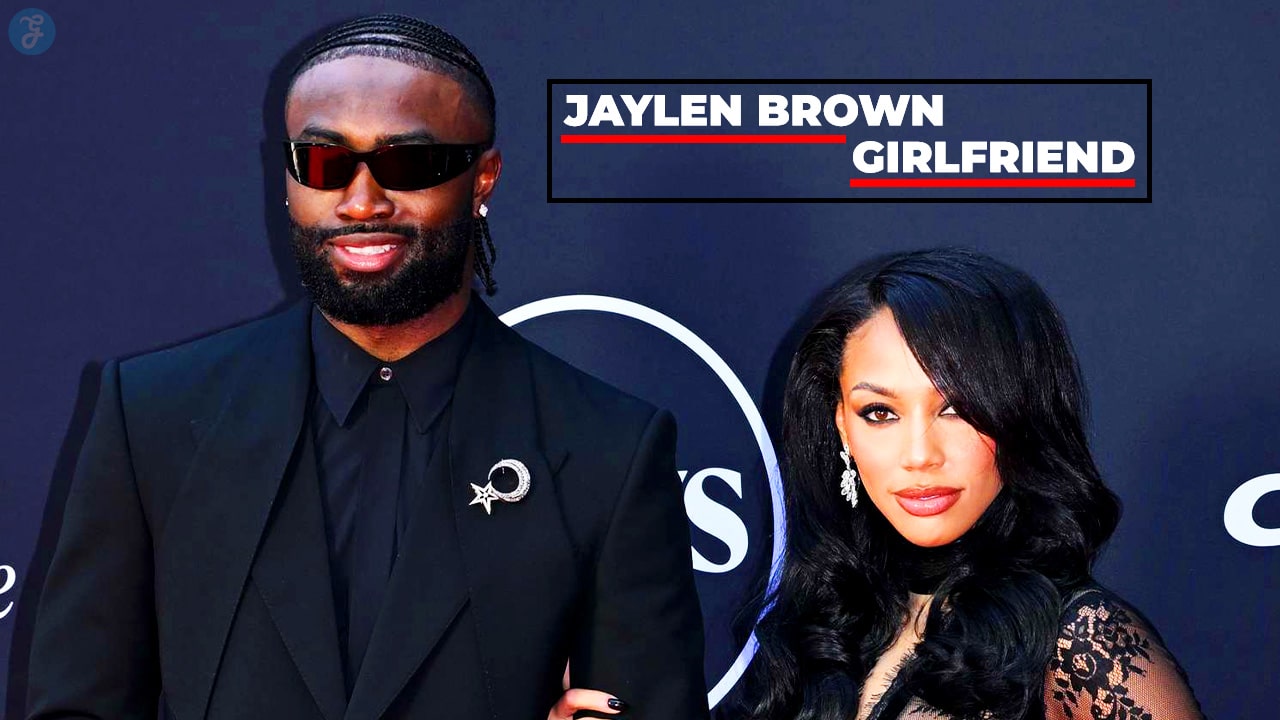Allen Iverson is known as one of the greatest basketball players of all time. He had an amazing career in the NBA. But many people don’t know that Iverson almost didn’t make it to the NBA at all. When he was just 17 years old, Iverson was sentenced to 15 years in prison. This article will look at what happened to the young Allen Iverson, how he avoided serving that full sentence, and how he went on to become an NBA legend.
In this article, we’ll dive deep into the incident that almost derailed Iverson’s life, explore the controversial trial and sentencing, and follow his journey from a prison cell to NBA superstardom. We’ll examine the impact of his early legal troubles on his career and legacy, and see how this experience shaped not just Iverson himself, but conversations around race, justice, and second chances in America.
So, lace up your sneakers and get ready to hit the court with “The Answer” as we unravel the fascinating tale of Allen Iverson’s redemption.
The Fateful Night: February 14, 1993
On Valentine’s Day 1993, in the small city of Hampton, Virginia, 17-year-old Allen Iverson decided to go bowling with friends. It was supposed to be a fun night out, but it turned into a nightmare that would change his life forever.
Iverson, already a local sports star, was at the bowling alley with a group of friends when an argument broke out with another group. What started as heated words quickly escalated into a full-blown brawl. The fight, which witnesses described as chaotic, was split along racial lines – Iverson and his friends were Black, while the other group was white.
In the midst of the melee, a woman named Barbara Steele was allegedly hit with a chair. Iverson was accused of being the one who struck her, though he always maintained his innocence. He claimed he left the bowling alley as soon as the fight started, but prosecutors painted a different picture, placing him at the center of the violence.
The Aftermath and Arrest
The bowling alley fight sent shockwaves through the Hampton community. Several people were injured, though thankfully none seriously. But the racial undertones of the incident added fuel to an already tense situation in the city.
A few days after the brawl, police came for Allen Iverson. Despite being only 17, he was charged as an adult – a decision that would have far-reaching consequences. The charges against him were severe:
- Three counts of maiming by mob
- Use of a firearm in the commission of a felony
Let’s break these charges down:
- “Maiming by mob” is an old Virginia law dating back to the post-Civil War era. It’s used when a group of people attack someone and cause serious injury. This charge alone carried a potential sentence of up to 20 years per count.
- The firearm charge came from a witness claiming they saw Iverson with a gun, although no weapon was ever found. This charge could add another 20 years to his sentence.
All told, Iverson was looking at a possible 60 years behind bars. For a teenager with NBA dreams, it must have felt like the end of the world.
The Trial: A Community Divided
Iverson’s trial began in July 1993, lasting two days that would determine the course of his life. The courtroom became a battlefield, with prosecutors and defense attorneys painting very different pictures of what happened that night at the bowling alley.
Prosecution’s Case:
- Multiple witnesses testified to seeing Iverson hit Barbara Steele with a chair.
- They portrayed Iverson as the main instigator of the fight, continuing to attack others even after the initial confrontation.
- The prosecution emphasized the seriousness of the injuries sustained by the victims.
Defense’s Arguments:
- Iverson’s lawyer maintained that he left the scene as soon as the fight broke out.
- They argued that Iverson was being unfairly targeted because of his status as a famous athlete in the area.
- The defense pointed out inconsistencies in witness testimonies and lack of physical evidence tying Iverson to the attacks.
The trial captivated the local community, with opinion sharply divided. Many saw it as a case of a promising young Black athlete being unfairly persecuted, while others believed Iverson needed to face consequences for his actions regardless of his talent or potential.
The Verdict and Sentencing
On September 8, 1993, the jury delivered their verdict: Allen Iverson was found guilty. The judge’s sentence came down like a hammer:
- 15 years in prison
- 5 years to be served immediately
- 10 years suspended
For a 17-year-old high school student with a bright future in sports, this was a devastating blow. Many thought Iverson’s life and career were over before they had truly begun.
The Controversy Surrounding the Case
From the moment of Iverson’s arrest, his case was mired in controversy. Here are some of the key issues that made this case so contentious:
- Racial Disparities: Many in the Black community felt Iverson was treated unfairly because of his race. They pointed out that none of the white individuals involved in the fight faced criminal charges.
- Severity of the Sentence: A 15-year sentence for a first-time offender in a case where no one was seriously injured seemed extreme to many observers.
- Adult Charges for a Minor: The decision to charge 17-year-old Iverson as an adult was criticized by juvenile justice advocates.
- Lack of Physical Evidence: No weapon was ever found, and some witnesses gave conflicting accounts of Iverson’s involvement.
- Media Portrayal: Some felt the local media’s coverage of the case was biased, portraying Iverson as a troublemaker rather than a talented student-athlete.
- Selective Prosecution: Iverson’s supporters argued that he was being made an example of because of his high profile in the community.
The case became a flashpoint for discussions about racial inequality in the justice system, with many seeing Iverson as a victim of systemic racism.
Life Behind Bars: Newport News City Farm
Following his sentencing, Allen Iverson was sent to Newport News City Farm, a minimum-security prison in Virginia. He spent four months there, from September to December 1993.
For a teenager who had been the star of his high school and community, life in prison was a stark change. Iverson went from signing autographs to doing manual labor on the prison farm. But even in these difficult circumstances, he tried to keep his spirits up and his eyes on the future.
During his time at Newport News, Iverson:
- Worked on the prison farm alongside other inmates
- Continued his high school studies as best he could
- Reflected on his life and the choices that led him there
- Stayed in touch with his family and supporters on the outside
Meanwhile, efforts to free Iverson continued. His family, coaches, and community leaders worked tirelessly to appeal his sentence and argue for his release. They believed that the punishment far outweighed the crime and that Iverson deserved a second chance.
A Christmas Miracle: Governor Wilder’s Clemency
As Iverson spent his days at Newport News City Farm, an unexpected ally emerged: Virginia Governor Douglas Wilder. After reviewing the details of the case, Governor Wilder decided to intervene.
On December 25, 1993 – Christmas Day – Allen Iverson received the gift of freedom. Governor Wilder granted him clemency, effectively pardoning him for the crime and ordering his release from prison. Iverson had served about four months of his five-year sentence.
Governor Wilder’s decision was not without controversy:
Supporters said:
- The sentence was too harsh for a first-time offender
- There were procedural issues with how the case was handled
- Iverson deserved a second chance to pursue his dreams
Critics argued:
- Iverson was getting special treatment because of his athletic talent
- The decision undermined the justice system
- It sent the wrong message about accountability for one’s actions
Despite the debate, for Allen Iverson, this clemency was a lifeline. Without it, he might have spent years in prison, his athletic prime wasted behind bars. Instead, he now had a second chance to reshape his future.
Back to School: Bethel High and Georgetown University
With his freedom restored, Allen Iverson returned to Bethel High School, determined to make the most of his second chance. His senior year became the stuff of legend:
- Led the Bethel basketball team to the Virginia state championship
- Named the Associated Press High School Player of the Year in both basketball and football
- Maintained a solid academic performance despite the time lost while in prison
Iverson’s talent on the court was undeniable, and despite his legal troubles, many colleges were still interested in recruiting him. After careful consideration, Iverson chose to attend Georgetown University.
At Georgetown, Iverson played under legendary coach John Thompson, who became a father figure and mentor to the young athlete. Thompson’s guidance was crucial in helping Iverson navigate the challenges of college life and the scrutiny that came with his high profile.
During his two years at Georgetown, Iverson’s star continued to rise:
- Named Big East Rookie of the Year in his freshman season
- Led the Hoyas to the Sweet 16 in the NCAA Tournament
- Won Big East Defensive Player of the Year in his sophomore year
- Averaged 23 points per game over his college career
Iverson’s electrifying play and undeniable charisma made him one of the most exciting college players in the country. It was clear that he was destined for the NBA.
NBA Stardom: The Allen Iverson Era
In 1996, Allen Iverson declared for the NBA draft. The Philadelphia 76ers, impressed by his speed, scoring ability, and competitive fire, selected him as the first overall pick. At just 6 feet tall, Iverson became the shortest first pick in NBA history.
From the moment he stepped on an NBA court, Iverson was a force to be reckoned with. His NBA career was filled with incredible achievements:
- 11-time NBA All-Star (2000-2010, 2013)
- 4-time NBA scoring champion (1999, 2001, 2002, 2005)
- 2001 NBA Most Valuable Player
- 3-time All-NBA First Team selection (1999, 2001, 2005)
- 2016 inductee to the Naismith Memorial Basketball Hall of Fame
Iverson’s playing style revolutionized the game of basketball. His speed, agility, and fearlessness allowed him to compete with and often dominate much larger opponents. He was known for his crossover dribble, widely regarded as one of the most effective moves in basketball history.
Off the court, Iverson became a cultural icon. His cornrow hairstyle, tattoos, and hip-hop-inspired fashion made him stand out in a league that often preferred its stars to have a more clean-cut image. Iverson’s unapologetic authenticity resonated with fans, especially young people who saw themselves reflected in his style and attitude.
Allen Iverson’s Career Highlights and Current Status
| Category | Information |
|---|---|
| Full Name | Allen Ezail Iverson |
| Nickname | “The Answer” |
| Born | June 7, 1975 (Age 48 as of 2023) |
| Height | 6 ft 0 in (1.83 m) |
| Position | Point guard / Shooting guard |
| NBA Career | 1996–2010, 2009–2011 |
| Teams | Philadelphia 76ers, Denver Nuggets, Detroit Pistons, Memphis Grizzlies |
| Career Points | 24,368 (26.7 ppg) |
| Career Assists | 5,624 (6.2 apg) |
| Career Steals | 1,983 (2.2 spg) |
| NBA Awards | MVP (2001), Rookie of the Year (1997), 11× All-Star |
| Hall of Fame | Inducted in 2016 |
| Jersey Number | #3 (retired by Philadelphia 76ers) |
| Post-NBA Career | BIG3 (3-on-3 basketball league) player/coach (2017-2019) |
| Current Status | Retired, occasional public appearances and basketball events |
| Notable Recent Activities | Involved in youth basketball initiatives, public speaking |
The Impact of Early Legal Troubles on Iverson’s Career and Legacy
Allen Iverson’s near-miss with a lengthy prison sentence had a profound impact on his life and career. Here are some ways it affected him:
- Maturity and Perspective: The experience forced Iverson to grow up quickly. He often spoke about how his time in prison gave him a new appreciation for freedom and opportunity.
- Motivation: Iverson frequently cited his legal troubles as a source of motivation. He was determined to make the most of his second chance and prove his doubters wrong.
- Public Perception: Throughout his career, Iverson had to contend with the “thug” label that some people attached to him because of his arrest. This perception affected his relationships with coaches, teammates, and the media.
- Advocacy: Later in his career and post-retirement, Iverson became an advocate for criminal justice reform. He spoke out about racial inequalities in the system and the importance of second chances.
- Resilience: Overcoming such a significant obstacle early in life seemed to instill a remarkable resilience in Iverson. This mental toughness served him well throughout his NBA career.
- Relationships: The incident strained some of Iverson’s relationships in his hometown but also showed him who his true supporters were. It deepened his appreciation for those who stood by him during his darkest hours.
- Trust Issues: The experience left Iverson with a lingering distrust of authority figures and the media, which sometimes led to conflicts throughout his career.
Takeaways: The Answer’s Lasting Legacy
Allen Iverson’s journey from a prison cell to NBA stardom is more than just a sports story – it’s a testament to the power of resilience, talent, and second chances. His case shines a light on important issues in our criminal justice system, particularly regarding racial disparities and the treatment of juvenile offenders.
Iverson’s legacy in basketball is secure. He changed the game with his electrifying style of play, proving that heart and skill could overcome size and strength. Off the court, he became a cultural icon, influencing fashion, music, and popular culture in ways that went far beyond basketball.
But perhaps the most powerful aspect of Iverson’s story is its message of redemption. It reminds us that a person’s life shouldn’t be defined by their worst moment or biggest mistake. With support, opportunity, and determination, it’s possible to overcome even the most daunting obstacles and achieve greatness.
As we reflect on Allen Iverson’s incredible journey, we’re left with important questions about justice, opportunity, and the power of sports to transform lives. Iverson’s story continues to inspire and challenge us, reminding us of the complexity of human potential and the unpredictable nature of the path to success.
In the end, Allen Iverson was more than just a basketball player – he was “The Answer” to questions about resilience, authenticity, and the ability to rise above one’s circumstances. His legacy serves as a powerful reminder that sometimes, the most inspiring stories of success are born from the most challenging beginnings.








































